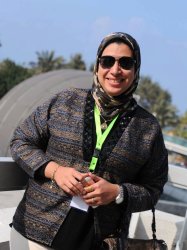BibTex format
@article{Harraz:2019:10.1016/j.egypro.2019.01.284,
author = {Harraz, AA and Freeman, J and Wang, K and Mac, Dowell N and Markides, CN},
doi = {10.1016/j.egypro.2019.01.284},
journal = {Energy Procedia},
pages = {2360--2365},
title = {Diffusion-absorption refrigeration cycle simulations in gPROMS using SAFT-γ Mie},
url = {http://dx.doi.org/10.1016/j.egypro.2019.01.284},
volume = {158},
year = {2019}
}

